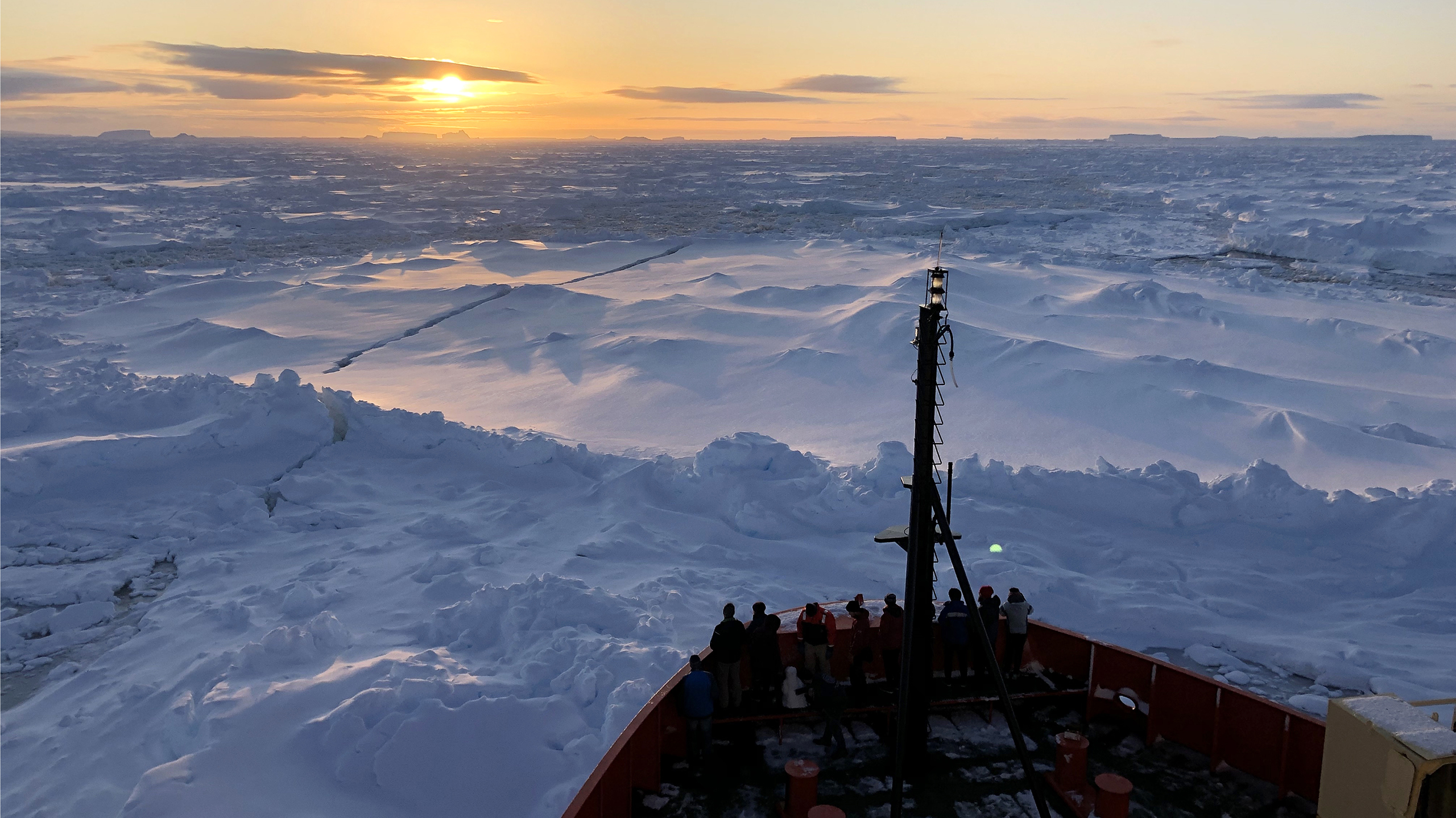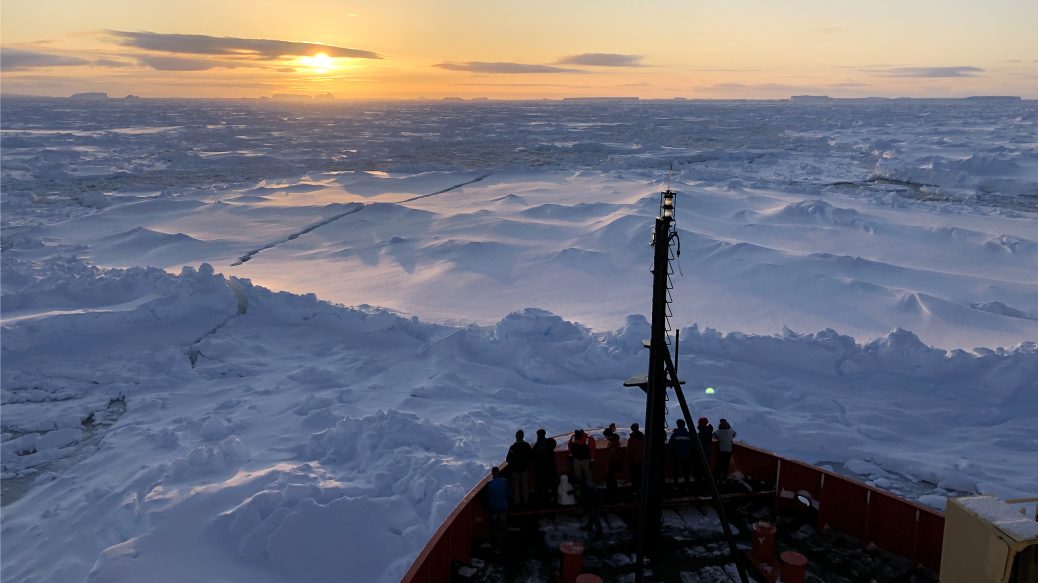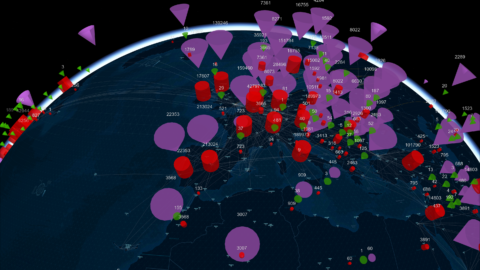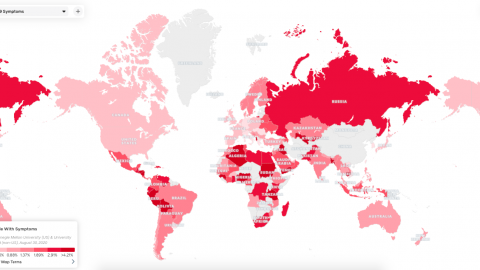Further, they argue that the interventions could harm polar ecosystems by adding contaminants, producing greenhouse gases, or altering the structure of the ice in ways that may even increase sea-level rise.
“Overwhelmingly, glacial and polar geoengineering ideas do not make sense to pursue, in terms of the finances, the governance challenges, the impacts,” and the possibility of making matters worse, Moon says.
“No easy path forward”
But Douglas MacAyeal, professor emeritus of glaciology at the University of Chicago, says the basal intervention would have the lightest environmental impact among the competing ideas. He adds that nature has already provided an example of it working, and that much of the needed drilling and pumping technology is already in use in the oil industry.
“I would say it’s the strongest approach at the starting gate,” he says, “but we don’t really know anything about it yet. The research still has to be done. It’s very cutting-edge.”

CINDY DEAN/UNITED STATES ANTARCTIC PROGRAM
Minchew readily acknowledges that there are big challenges and significant unknowns—and that some of these ideas may not work.
But he says it’s well worth the effort to study the possibilities, in part because much of the research will also improve our understanding of glacier dynamics and the risks of sea-level rise—and in part because it’s only a question of when, not if, Thwaites will collapse.
Even if the world somehow halted all greenhouse-gas emissions tomorrow, the forces melting that fortress of ice will continue to do so.
So one way or another, the world will eventually need to make big, expensive, difficult interventions to protect people and infrastructure. The cost and effort of doing one project in Antarctica, he says, would be dwarfed by the global effort required to erect thousands of miles of seawalls, ratchet up homes, buildings, and roads, and relocate hundreds of millions of people.
“One thing is challenging—and the other is even more challenging,” Minchew says. “There’s no easy path forward.”






Recent Comments